One of the great gastronomic resources in Cadíz is the bluefin tuna, especially on the Costa de la Luz. Over decades, many people have earned a living from fishing this delicacy all along the coast of Cadíz. An activity that has transgressed the bluefin tuna trade itself to cross over to the restaurant business and has now fully reached experiential and gastro-tourism with the so-called Tuna Routes.

Fishing in the Strait and raising the “almadraba”.
Each year between May and June, bluefin tuna and other migratory species of tuna pass the Strait of Gibraltar on route from the Atlantic to the Mediterranean Sea to spawn. This is the moment when the almadraba is raised. A millennial fishing technique which is still practised today. The word almadraba comes from Arabic and means the place to strike or fight, and the technique consists of setting a maze of nets between two or more boats to trap the tuna and take them on onto the deck of the boat alive.
In fishing villages and towns like Zahara de los Atunes, Barbate, Chiclana de la Frontera, Conil and Tarifa, the almadrabas are traditional, and although they’ve now become a destination for tourism, they originated from this fishing practice.

Use and “Ronqueo”.
Once the tuna arrives on land, it’s time to cut it up and use it. Tuna is said to be like a pig in that nothing is left to waste, not even the eyes. While the fish is being cut another particularly interesting process occurs on the coast of Cadíz, the ronqueo.
The Ronqueo is the art of separating and cutting different parts of the tuna from its spine and ribs. The name in Spanish comes from the noise when the meat is being cut from the bone and sounds like snoring. Every part, upper and lower loins, cheek, back cheek, belly, neck, collar, roe, etc. are all appreciated.
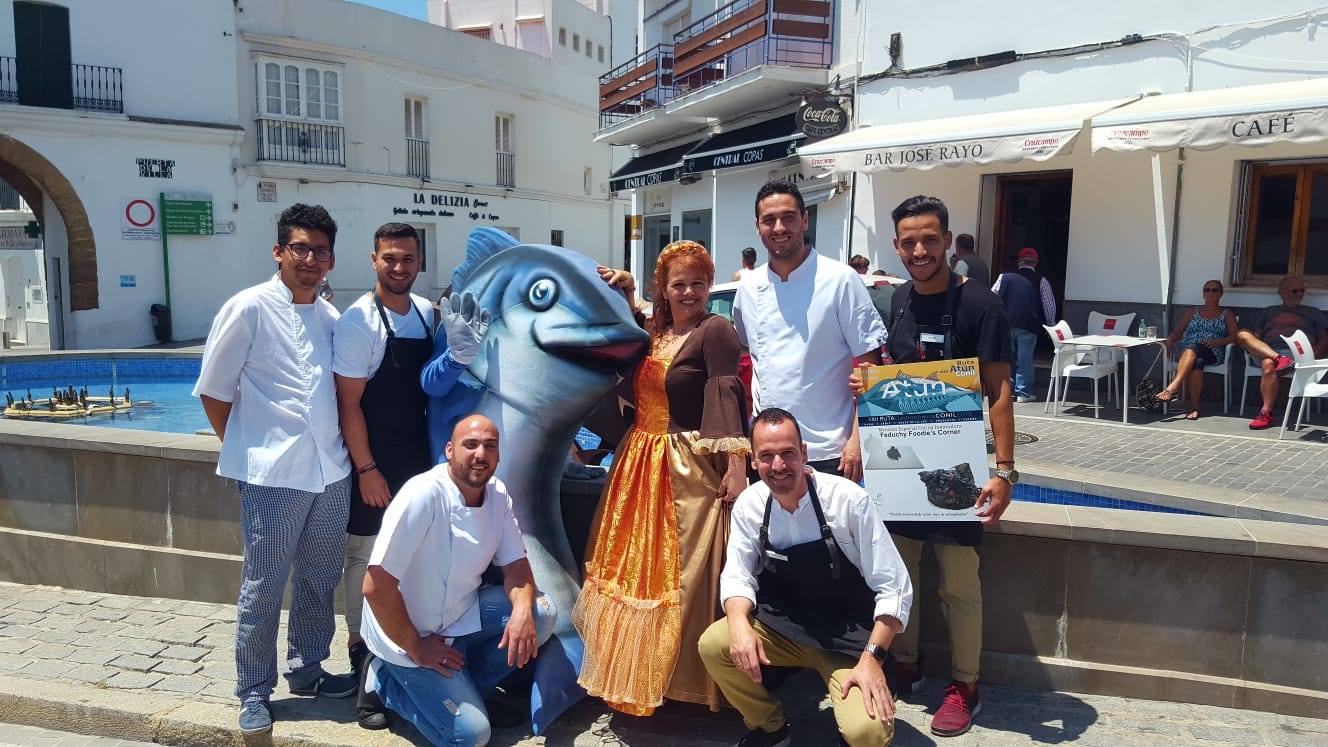
Delicatessen towns and villages.
However above and beyond fishing and cutting, what creates much of the cultural experience is linked to food tourism, the immense enjoyment when the tuna reaches the kitchens of restaurants in these fishing villages and towns.
A culinary experience that’s been on the rise due to the great appeal of this delicacy and that, nowadays, with the Tuna Routes, moves the high season for tourism on the coast forward from summer to spring.
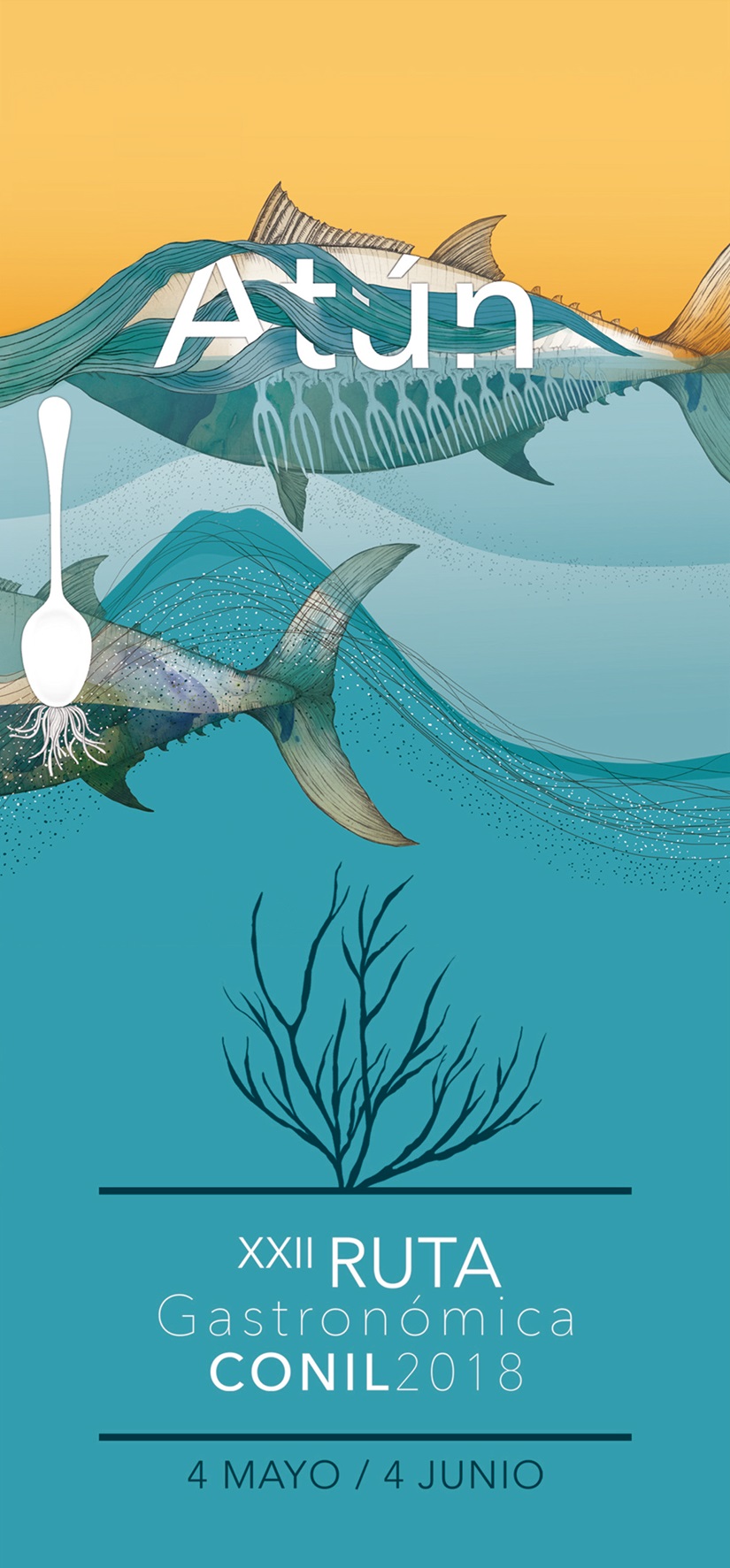

After the almadraba, the people on the coast of Cadíz change their pace; tourism greases their engines, restaurants are working at full steam, and hundreds of dishes appear with almadraba tuna taking centre stage.
We’ll see countless ways to find it cut (different thicknesses, carpaccio, cubes, in transversal//crossways, in fillets…), prepared (stew, raw, semi-cooked, grilled, fried, braised, in batter, etc.) and presented. All of them are surprisingly different, making it a pleasure to sample the great variety of dishes on offer.
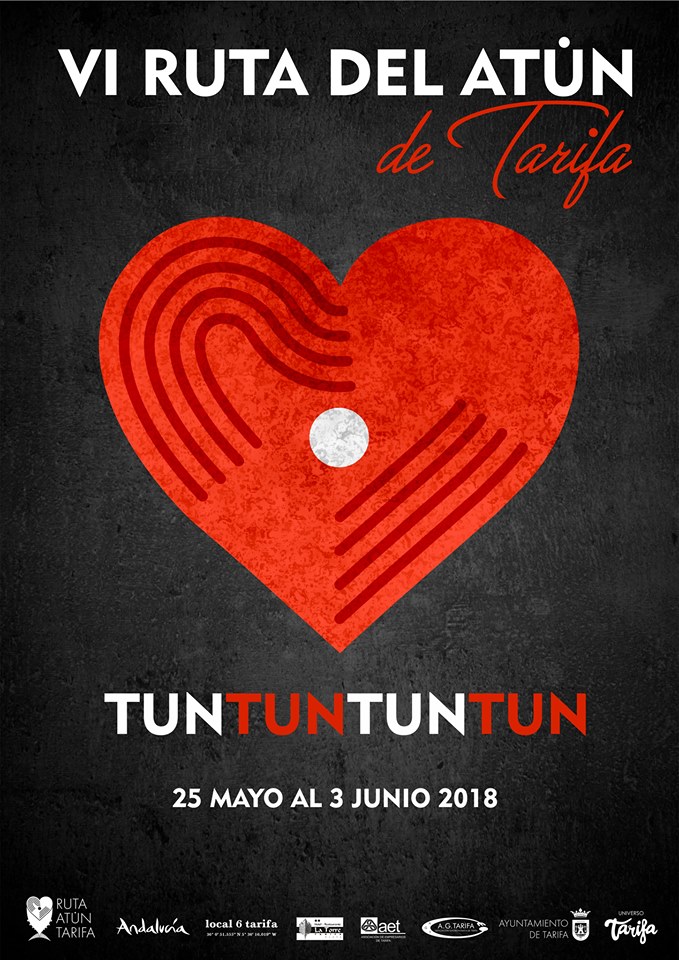
Through the so-called “Rutas del Atún de Almadraba” the creativity of the chefs in the area offers mouth-watering dishes that make the culinary experience for gastro-tourism better and stronger year after year. There are currently more than 300 ways to enjoy bluefin tuna in the region.
The main examples are found in Zahara de los Atunes, Vejer, El Palmar, Conil, Tarifa and Barbate. In addition to enjoying its cultural uniqueness, architecture and fantastic coast, we can taste these new tuna dishes in the many restaurants.
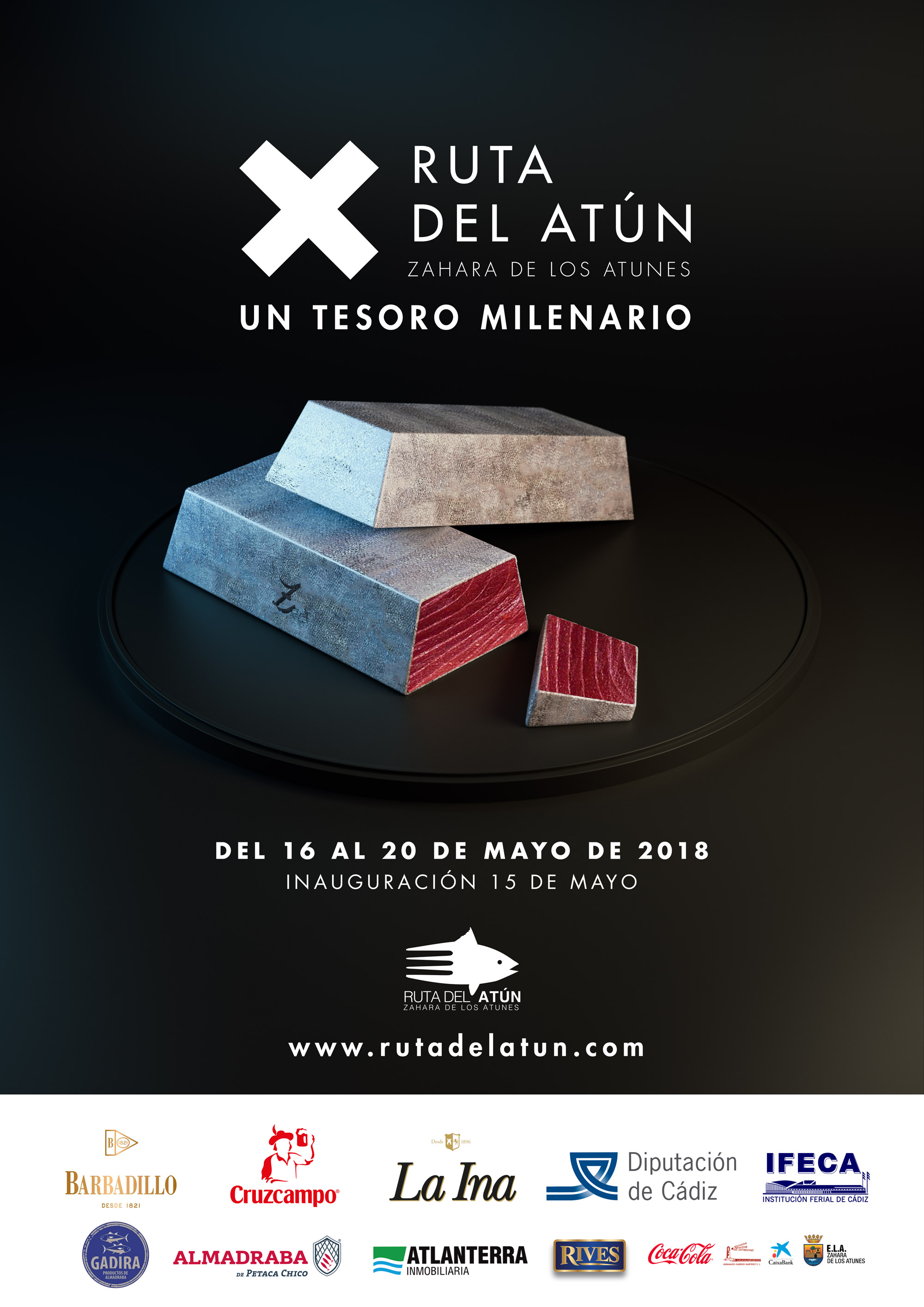
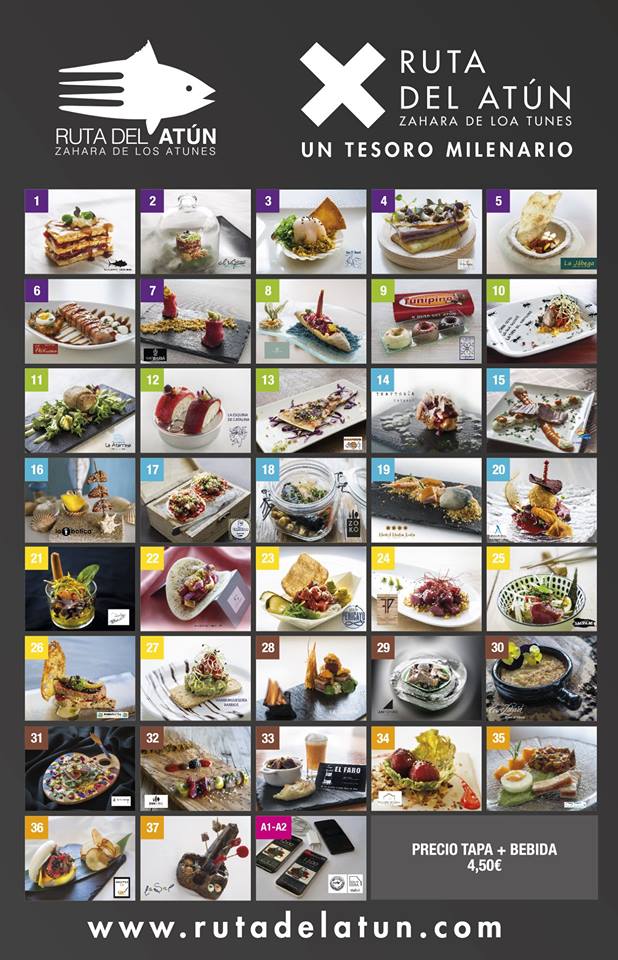
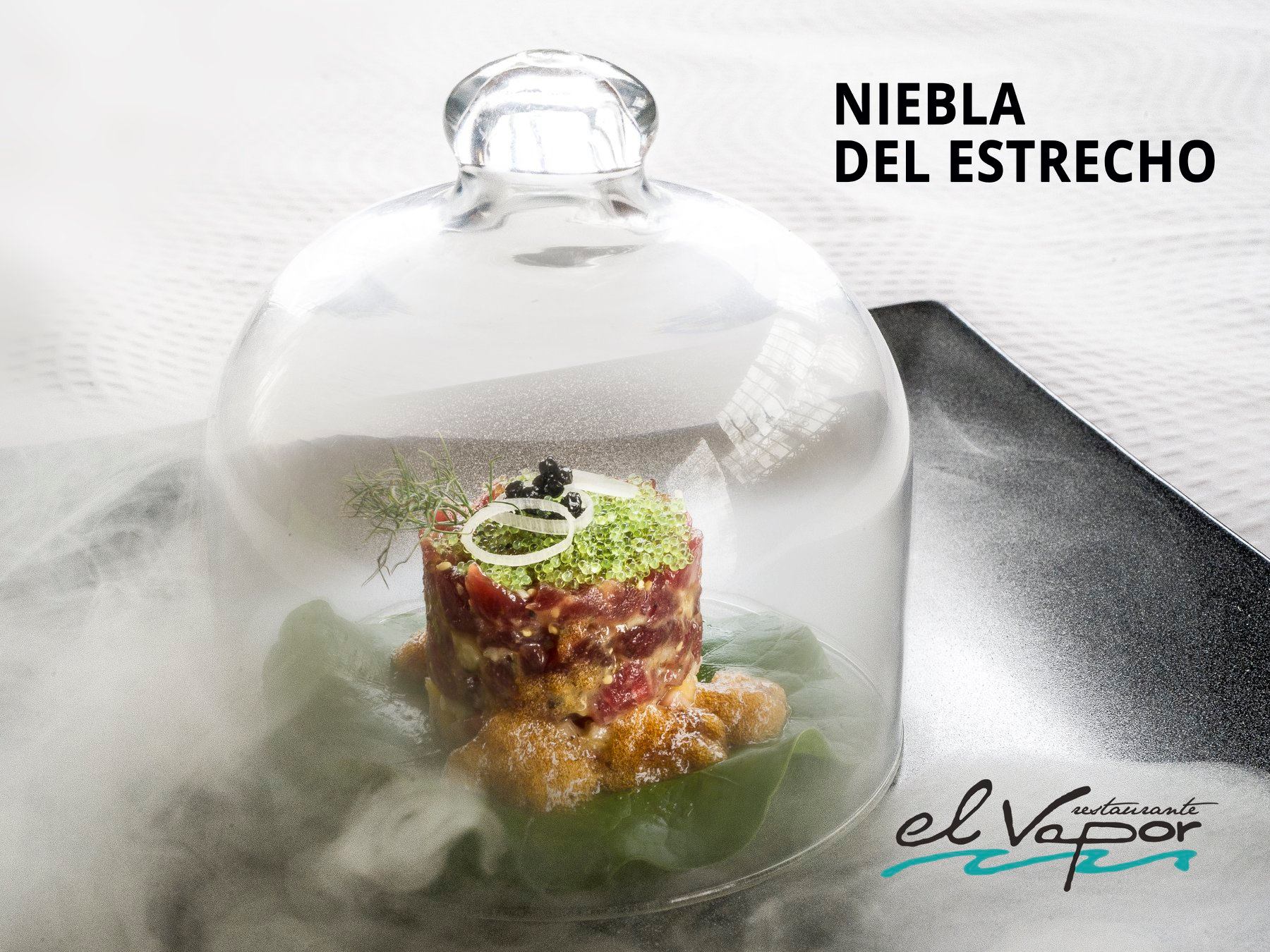
The dishes are already served, now all that’s left for us to do is visit some of these places and experience the most delicious ways to taste the highly sought-after bluefin tuna from Cadíz.







